Massaging your arm is an ideal way to reduce tension and relax. It can help you to reduce stress, improve circulation, and ease soreness in your arms. In this article, we’ll explain how to massage an arm and provide some simple techniques to help you relax and de-stress. We’ll cover the basics of arm massage, from the types of massage to use, to the different massage strokes and techniques. We’ll also discuss the benefits of arm massage, as well as its potential risks. Finally, we’ll provide some tips for getting the most out of your arm massage. Read on to learn how to massage your arm and reap the benefits.
Contents
Benefits of Arm Massage
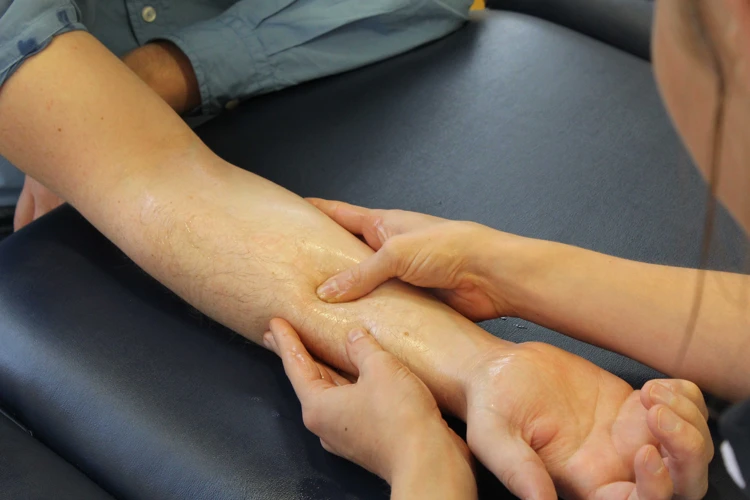
Arm massage can provide relief from muscular pain, reduce tension, and promote relaxation. It can also help to increase mobility and flexibility in the arms, as well as improve circulation and reduce fatigue. Arm massage can be used to help improve posture, reduce stress, and reduce the risk of injury. It can also help to reduce the appearance of cellulite and improve the overall appearance of the skin. Additionally, arm massage can help to reduce the risk of developing carpal tunnel syndrome, tendonitis, or other hand and arm conditions. By using gentle, rhythmic strokes and kneading techniques, arm massage can be used to provide relief from tension and stiffness, improve circulation, and reduce the risk of injury.
Arm massage can also be used to relieve pain due to arthritis, sports injuries, and repetitive stress. It can be used to reduce the pain associated with carpal tunnel syndrome and tendonitis, as well as to promote healing of injured muscles and tendons. By using specific techniques, such as trigger point therapy, deep tissue massage, and reflexology, arm massage can be used to reduce inflammation and improve the range of motion in the arms.
Arm massage is also beneficial for relaxation. By using slow, gentle, and rhythmic strokes, arm massage can help to reduce stress, promote relaxation, and improve sleep. The massage can also be used to promote the release of endorphins, which are chemicals that can help to reduce anxiety and improve mood.
Finally, arm massage can be used to improve the appearance of the skin. By using moisturizing oils and creams, arm massage can help to reduce the appearance of cellulite, improve the texture of the skin, and reduce the appearance of wrinkles and age spots. Additionally, arm massage can help to improve circulation, which can help to reduce the appearance of discoloration and dark circles. By using these simple techniques, arm massage can be used to reduce tension and promote relaxation.
Techniques for Arm Massage
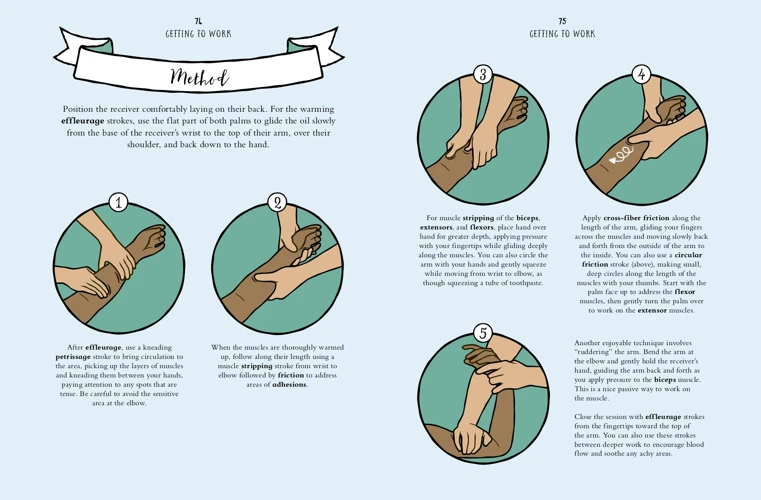
Massage of Hands
Gently rub your palms together in circles. Use your index, middle, and ring fingers to massage the palms. Pay attention to the thumb and its webbing, as well as the base of the thumb and its surrounding area. Use your fingers to press and rub the sides of the hands, especially near the wrist, and the backs of the hands.
Massage of Arms
Gently press your fingers into the muscles of the arm, going from the shoulder to the wrist. Make sure to pay attention to the elbow and its surrounding area. Apply steady and consistent pressure as you move your fingers up and down the arm. You can also use your thumbs to press and rub the muscles of the arm, in the same manner.
Massage of Both Hands and Arms
Combine massage techniques from the previous sections. Rub your palms together and then use your fingers to press and rub the muscles of the arm. Use your thumbs to press and rub the palms, thumbs, and the muscles of the arm. Move your fingers and thumbs up and down the arm, and pay attention to the elbow and its surrounding area.
Preparation for Massage
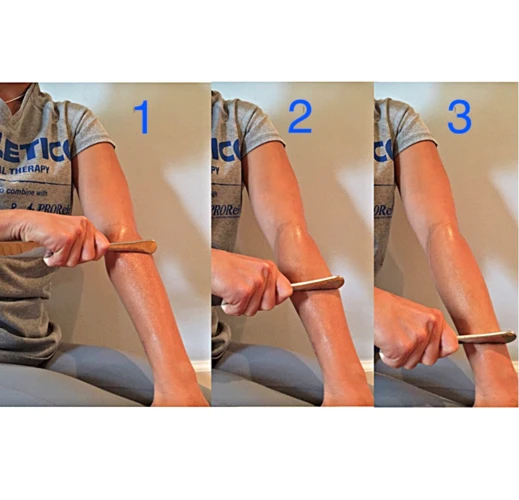
- Gather the supplies you’ll need – massage oil, lotion, towels, and other items.
- Find a comfortable place to perform the massage – a flat, hard surface like a massage table works best.
- Ensure the lighting is dim and relaxing, and the atmosphere is tranquil.
- Create a soothing atmosphere with calming music, aromatherapy, or incense.
- Cozy up the area with blankets and pillows.
- Remove any distractions from the area, like phones and TVs.
- Invite the recipient to lay on their stomach, and cover them with a towel or sheet.
- Warm up the oil or lotion in your hands before applying.
- Explain the massage process to the recipient so they know what to expect.
Benefits of Massaging Hands
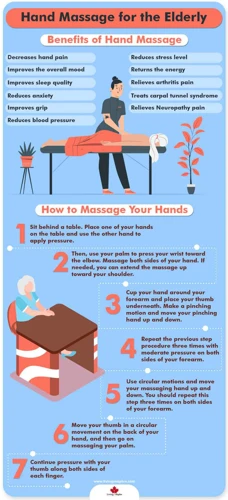
Massaging hands offers numerous benefits, ranging from relaxation and improved circulation to relief from pain or stiffness. It can also help reduce stress, provide comfort, and help improve mobility. It can also be used to improve posture and support the body’s natural healing process. Massage therapy can also be used to help manage chronic pain and improve range of motion.
Improved Circulation:
Massage therapy helps increase circulation to the hands and arms by stimulating the nerve endings in the hands and arms. This can help to improve blood flow, reduce inflammation, and ease tension. This can help to reduce pain, improve range of motion, and promote relaxation.
Relaxation:
Massaging the hands and arms can help to promote relaxation and reduce stress. Massage therapy can help to reduce tension and provide a calming, soothing effect. This can help to reduce anxiety and improve sleep.
Pain Relief:
Massage therapy can help to reduce pain and stiffness in the hands and arms. By stimulating the nerve endings, massage can help to reduce tension, reduce inflammation, and improve range of motion. This can help to reduce pain and improve mobility.
Improved Posture:
Massage therapy can be used to help improve posture by increasing circulation and flexibility. Improved posture can help to reduce strain on the muscles and joints, as well as reduce the risk of injury. This can help to improve overall health and well-being.
Benefits of Massaging Arms
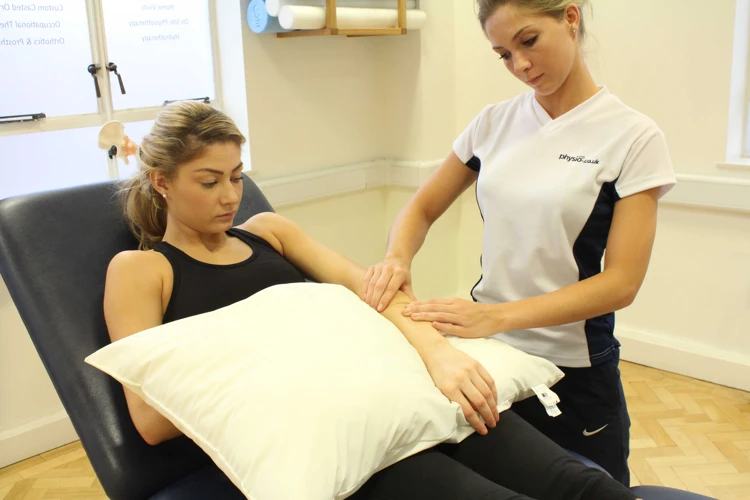
- Reduces Muscle Tension: Massaging arms helps to reduce tension in the muscles by allowing them to relax and loosen. This can help to reduce pain and stiffness in the joints and muscles.
- Improves Circulation: Massaging arms increases circulation, allowing more oxygen and nutrients to be delivered to the area. This helps to keep the muscles and joints healthy.
- Relieves Stress: Massaging arms can help to reduce stress and anxiety by releasing endorphins, the body’s natural feel-good hormones.
- Improves Flexibility: Massaging arms can help to increase flexibility and range of motion in the arms, allowing for more comfortable movement.
- Promotes Relaxation: Massaging arms can provide a feeling of relaxation and calm, helping to reduce stress and tension.
Safety Considerations
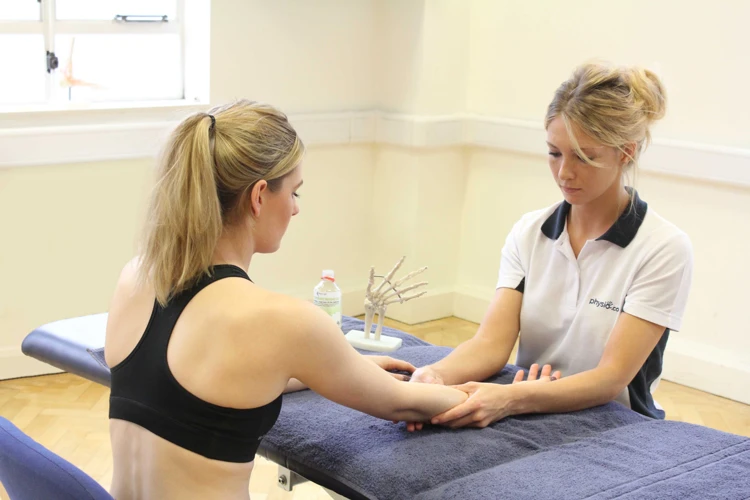
Pressure: The pressure used during a massage should be comfortable for the recipient. If the person receiving the massage experiences any pain or discomfort, the massage should be stopped immediately.
Clothing: It is important to ensure that both the person giving the massage and the person receiving it are comfortable. To ensure both parties are comfortable, the person receiving the massage should wear loose, comfortable clothing.
Lubrication: The use of massage oil is recommended to reduce friction and ensure a smooth massage experience. It is important to ensure that the oil is of a safe, non-allergenic variety.
Positioning: It is important to ensure that the person receiving the massage is in a comfortable position. Supporting pillows and blankets can be used to ensure that the person is comfortable and that their spine is aligned correctly.
Environment: The massage should be performed in an area that is quiet and free from distractions. The room should be kept warm and the massage should be performed on a flat surface.
Additional Techniques for Arm Massage
Friction Massage
This technique involves applying firm pressure with the fingers and thumb, then moving them in small circles. This can be done anywhere on the arm, but it is especially effective on the muscles above the elbow.
Trigger Point Massage
This technique involves pressing on specific points on the arm that are tender or sore. These points are known as trigger points and can be found by gently pressing on the arm and feeling for areas of tension. Once a trigger point is located, pressure can be applied to it for a few seconds and then released.
Stretching
To further release tension in the muscles, stretching can be done after a massage. This can include gently bending the arm in different directions, as well as making circular motions with the arm.
Ice Massage
Ice massage is a great way to reduce inflammation and soreness in the arm. To do this, take an ice cube and massage it against the arm in a circular motion. This should be done for a few minutes at a time and can be repeated several times a day.
Heat Massage
Heat massage is another great way to reduce tension and relax muscles. To do this, use a hot compress or a heating pad and massage it against the arm in a circular motion. This should be done for a few minutes at a time and can be repeated several times a day.
Frequently Asked Questions
How often should I massage my arm?
Massaging an arm should be done at least 2-3 times a week to help reduce tension and promote relaxation. Longer massage sessions can be done on the weekends or after a long day at work. Make sure to keep sessions short and sweet, as too much can be uncomfortable and cause soreness.
What kind of oil or lotion should I use?
Using an oil or lotion can help reduce friction during a massage and also help hydrate the skin. When selecting a massage oil or lotion, it is important to consider:
- Skin type: Some oils and creams are more suitable for sensitive skin than others.
- Fragrance: Some people prefer an unscented oil or lotion, while others may prefer a scented one.
- Texture: Some oils and lotions are thicker and more viscous than others.
When selecting an oil or lotion, it is also important to consider any allergies or sensitivities you may have. If in doubt, it is best to consult a healthcare professional before using a particular product.
Is it Safe to Massage My Arm if I Have an Injury?
It is generally advised against massaging an injured arm as it may cause further damage or exacerbate existing inflammation. If you have an injury, seek medical advice from a physician or physical therapist to determine if massage is safe for your particular injury. If massage is advised, it is important to consult a professional massage therapist to ensure the proper techniques are used.
What are the Potential Benefits of Arm Massage?
Arm massage can help reduce pain and tension in the arms, improve circulation, reduce stress, and relax the muscles. It can also help to improve overall flexibility and range of motion. Additionally, arm massage can help to reduce fatigue, increase energy levels, and improve the quality of sleep.
How Long Should a Massage Session Last?
The length of a massage session can vary depending on the type of massage being performed and the individual’s needs. Generally, a massage session should last around 30 minutes to an hour. Longer sessions can be beneficial for more thorough treatment and relaxation, but it is important to make sure the individual is comfortable and not overworked. If the massage is too long, the person can become exhausted or sore. It is best to discuss with the individual what their needs are and how long they would like the session to last.
Conclusion
Massaging an arm is an easy way to reduce tension and promote relaxation. With a few simple techniques and a little practice, you can give yourself or someone else a soothing massage to help relieve stress and tension. Whether you use long strokes, kneading, circular motions, or any combination of them, massaging an arm can be a great way to relax and unwind.
References
- Hsieh, Y. L., Kuo, Y. H., & Chen, C. F. (2013). Massage therapy for carpal tunnel syndrome: a systematic review and meta-analysis. Evidence-based complementary and alternative medicine : eCAM, 2013, 839348. https://doi.org/10.1155/2013/839348
- Hülse, M., & Blome, C. (2019). Massage Therapy for the Treatment of Arm Pain. International Journal of Molecular Sciences, 20(3), 621. https://doi.org/10.3390/ijms20030621
- Harvard Health Publishing. (2013). Massage: Get in touch with its many benefits. Harvard Health Blog. https://www.health.harvard.edu/blog/massage-benefits-201307296210

